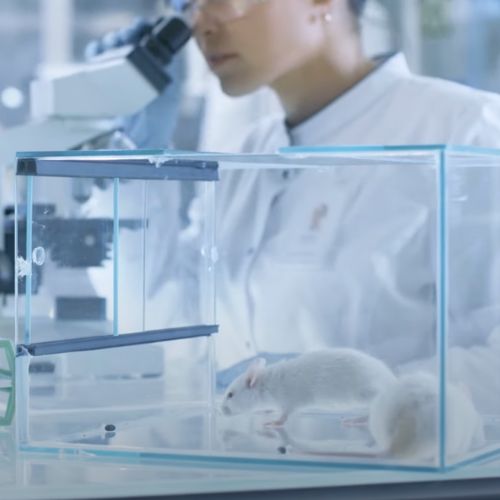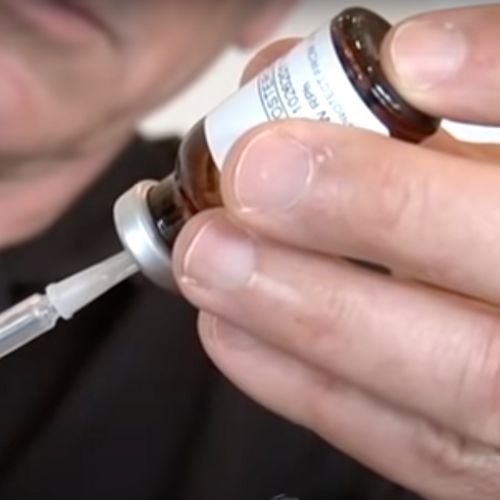After my recent articles on TRT (Testosterone Replacement Therapy), some people have asked about whether TRT is safe. I tried to answer as many questions as possible in my previous posts, but I can understand wanting to be cautious–nothing is worth risking our health. So here I’ll try to cover as many safety concerns as I can, based on reader feedback.
What You Need to Know
An Overview of Prescription Safety

Firstly, we should all understand that before a drug or other treatment comes to market, it must go through extensive trials in the lab, on animals, and then in limited human populations before it can be sold.
We’ll use the US model with the FDA for illustrative purposes. The process in the UK, Australia, and EU are largely similar, and each body uses evidence from the other regions to help bolster their scientific understanding of medications.
When a company, doctor, or scientist has a hypothesis about a medication, they must first submit a literature review of an all existing study on the disease/illness and medications currently used to treat it. During this review, they must demonstrate mastery of the subject, and present a novel reason for going forward with new research. This could be because current treatments don’t address the issue, or because current medications aren’t as safe as a new one.

After the literature review has been peer-reviewed itself, the researchers can go forward with a series of trials, beginning with cells in petri dishes. After these in vitro studies, they can proceed to literally dozens of trials on animals and volunteer human populations.
Only after medications have been proven safe and effective in hundreds of cases can a company even apply for approval to sell their drug. TRT is no different. The Testosterone Replacement Therapies you see prescribed by doctors are among the safest medications and treatments on the market today.
Common Side Effects
While generally safe, there are some quite common side effects from TRT that all men should be aware of. First, we’ll cover the list in brief, and then discuss what causes these reactions, and what you can do to possibly mitigate them.
Depending on the delivery method you chose, there are other specific side effects to look out for. For instance:
Injections
May cause irritation or pain at the injection site; muscle and blood tissue around the injection site may also be tender.
Skin Patches and Creams
Users may experience redness, itchiness, or irritation from the application of the treatment.
Oral and Nasal Deliveries
Some men experience pain similar to cold sores, or problems with taste and smell.
What Causes these Side Effects?
It may not seem like it, but the first list of Side Effects is actually a bit of good news: they stem from your body now having more testosterone than normal. Our bodies are in constant search for homeostasis. If you’ve been living with low testosterone for a long time–months or even years–then your body is going to have a few reactions to a sudden surge in testosterone.
Other Good News
In terms of more serious risks, recent scholarship has indicated that TRT is even safer then previous proposed.
1. No Association with Prostate Cancer
New studies have found that even among men with other risks of prostate cancer, the risk is no higher with TRT.
2. Breast Cancer
While some people have feared that TRT in men could lead to breast cancer, because of studies in women with higher levels of testosterone, those fears have not borne out in clinical research.
Final Word
In the end, any medications we take can cause adverse reactions and side effects. We must weigh the costs and benefits of every healthcare regimen we decide to follow, or not follow. For millions of men around the globe, the rewards of TRT far outstrip the risks. If TRT sounds like something that may be for you, the next step should be consulting a physician or trusted TRT clinical provider.

